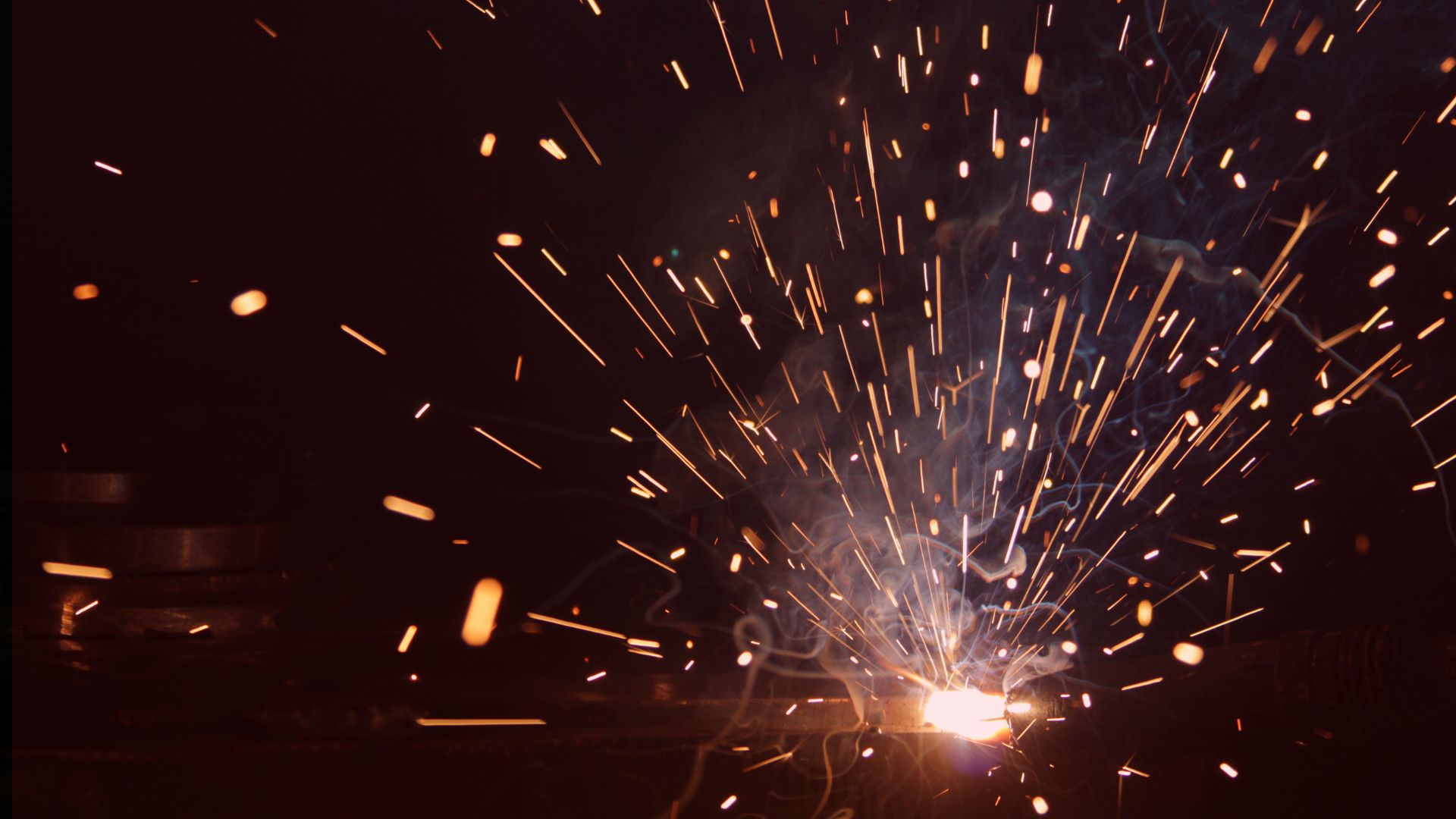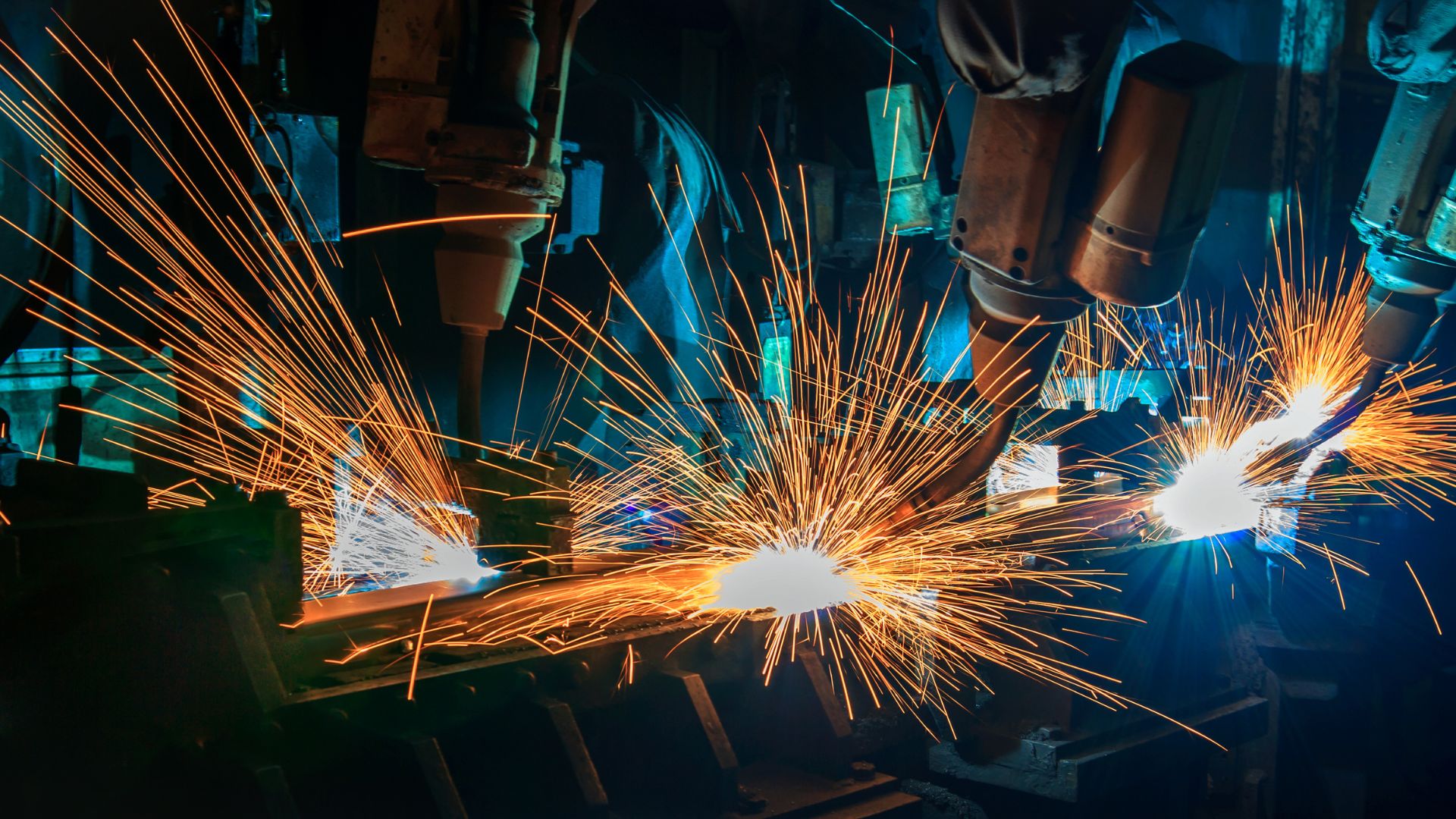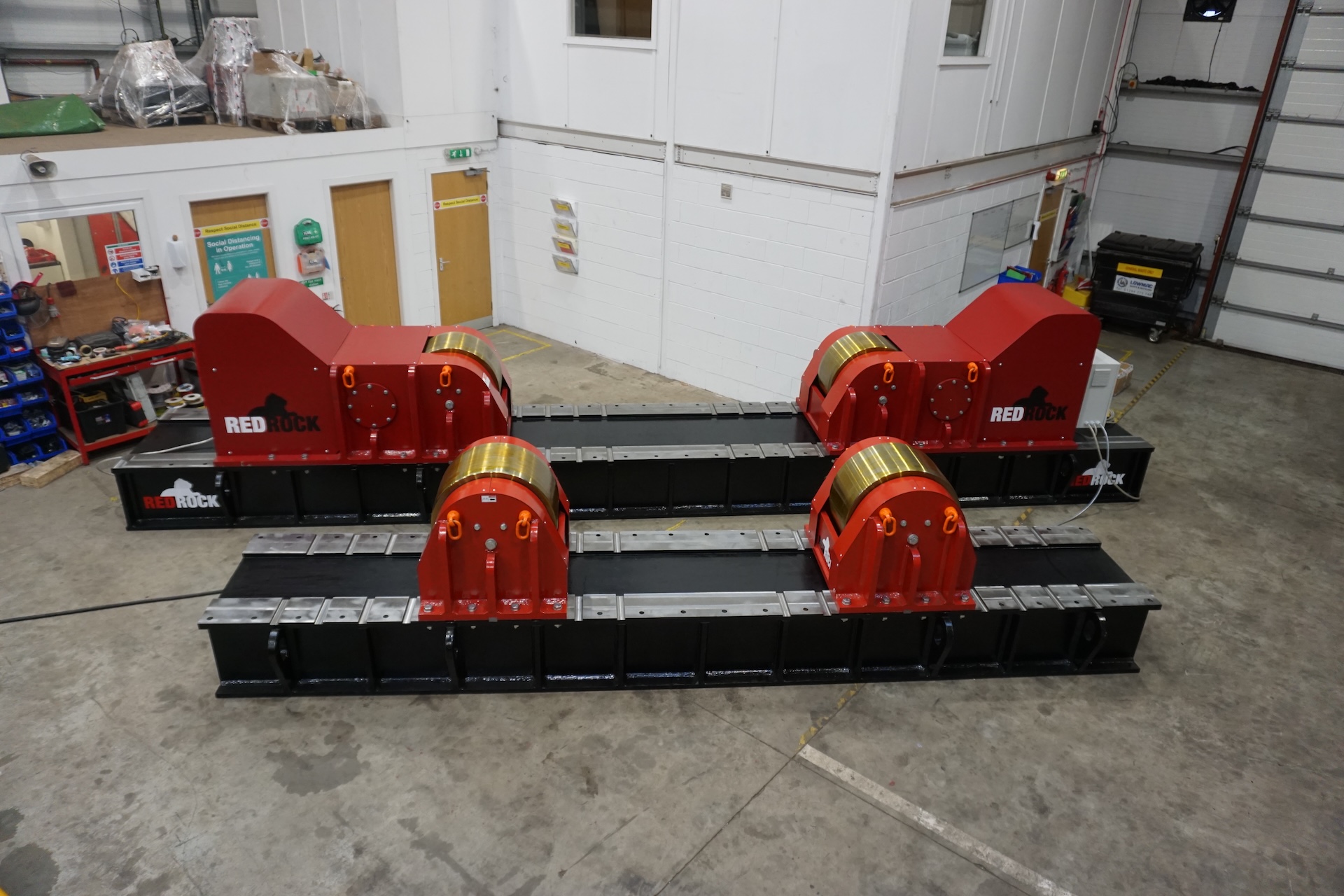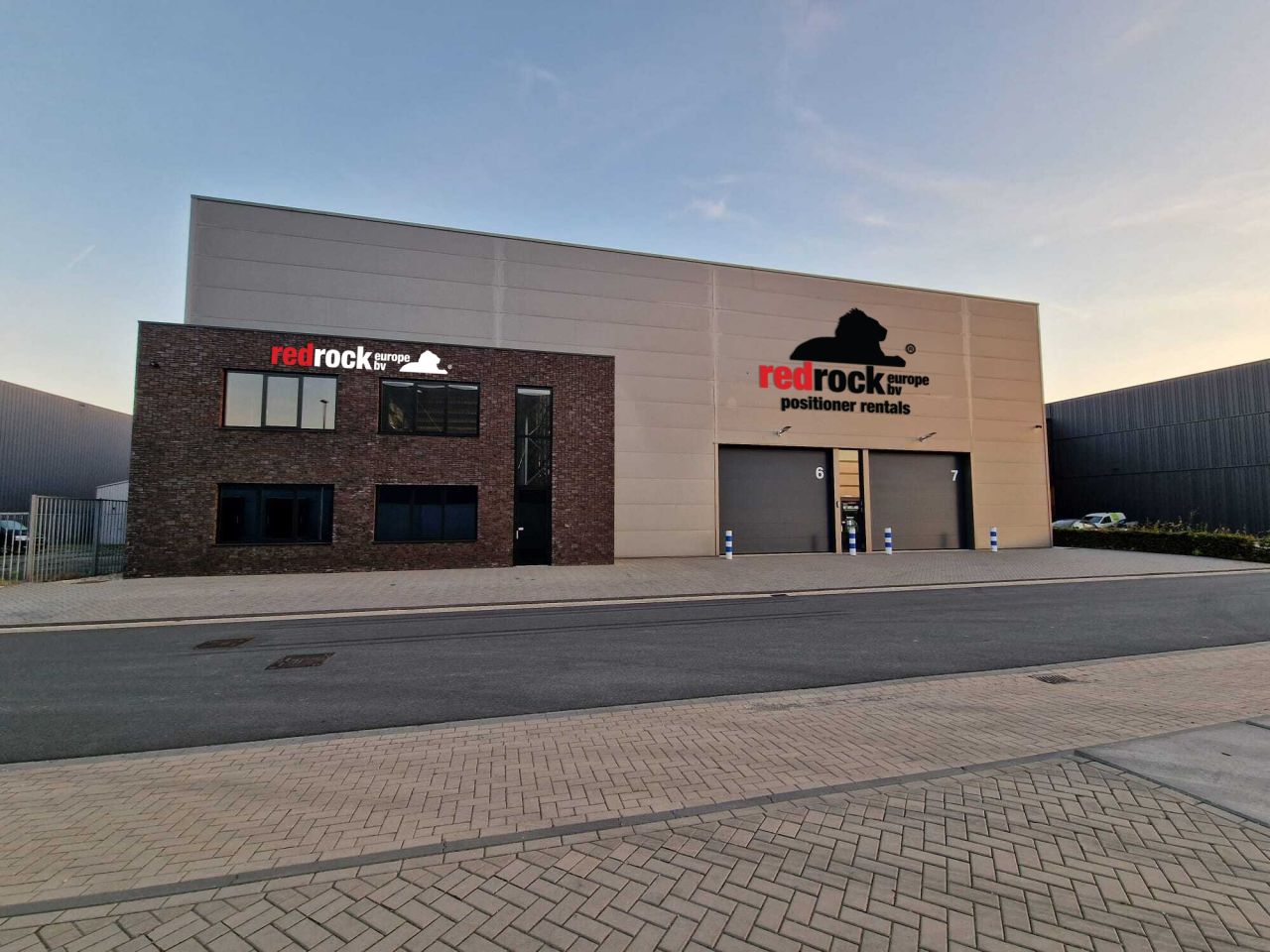Welding Positioners: Types, Benefits, and Usage Tips
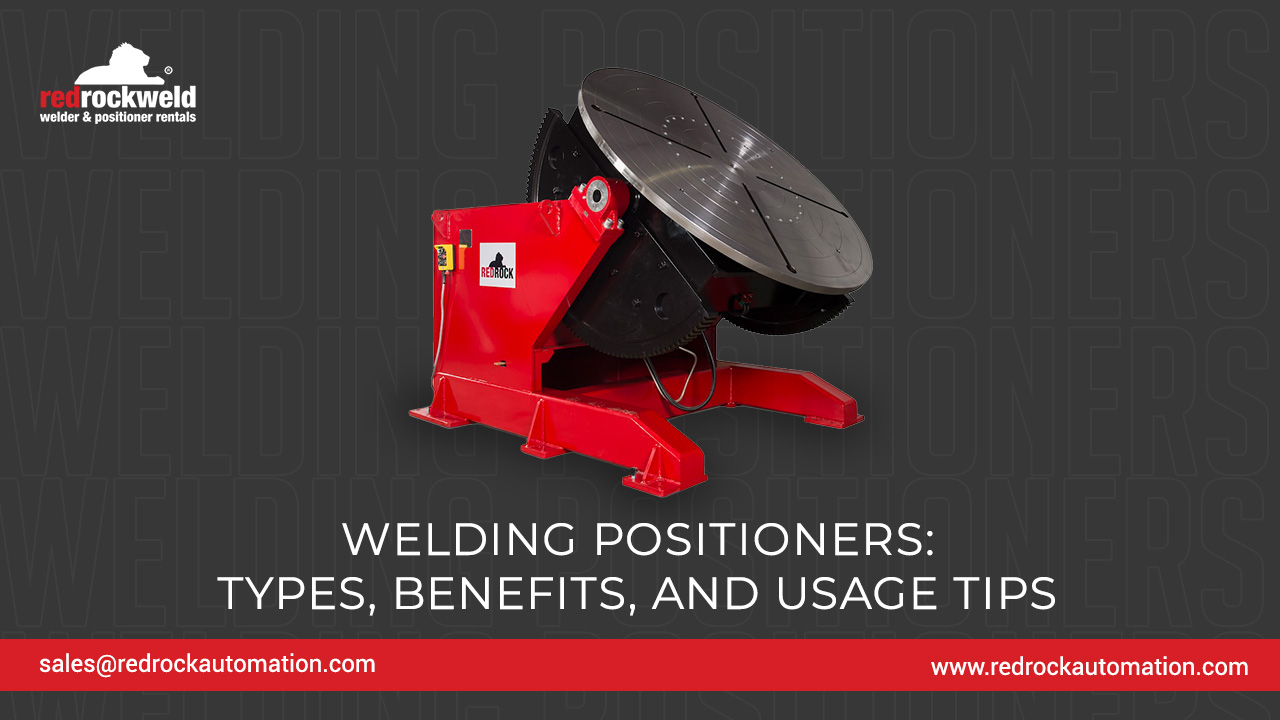
Key Takeaways
- What Are Welding Positioners?
- Types of Welding Positioners
– Pipe Welding Positioner
– Tilting Positioner
– Turntable Positioner
– Rotatory Welding Positioner
- Benefits of Welding Positioners
- Conclusion
Welding positioners are crucial to ensure the welds come out with precision, quality and consistency, regardless of the size or complexity of the workpiece. They provide enhanced stability and control over the workpiece, offering far more efficiency and safety compared to the manual handling.
In this blog we will explore the types of welding positioners, their benefits and usage tips.
What Are Welding Positioners?
Welding positioners are specialized tools designed to hold, rotate or tilt the workpiece so as to enable the operator to access its different sides and maintain the right welding angle. With the right welding positioners, welders can easily handle oddly shaped or awkward workpieces with ease, thereby relieving them from strain and fatigue. It minimizes errors and ensures smooth and consistent weld throughout the process.
Types of Welding Positioners
The major four types of welding positioners include:
1. Pipe Welding Positioner
Designed specifically for handling cylindrical objects, these welding positioners feature specialized clamping systems that securely hold pipes and tubes, ensuring an apt downhand position.
It can work with pipes of different diameters and ensures uniform weld around the circumference with consistent rotation speed. Industries that focus on pipeline construction, tubular fabrication and the like well benefit from these positioners.
2. Tilting Positioner
These positioners are designed to change the angle of the workpieces to ensure that they are in the right welding position. The platform that secures the workpiece can rotate or lean- from horizontal to vertical position. There are some models which can tilt between 0-90 degrees, while some can cover up to 135 degrees.
They can effectively handle components that come in complex shapes reducing strain on the welders. The adjustable angle of the positioner allows for the weld pool to form evenly and result in a strong and uniform weld. The perfect combination of tilt and rotation makes complex welding tasks easier and ensures precision and consistency.
3. Turntable Positioner
Featuring a flat circular platform that rotates along the horizontal plane, turntable positioners ensure the controlled and consistent rotation of workpieces. The tedious task of repositioning the workpiece halting the work midway is significantly reduced as the positioners accurately rotate them. It is widely used in the manufacturing of components that require circular welds, joining pipe flanges and wheel assemblies.
Turntable positioners come in basic models and higher-end models that feature digital speed control and foot pedal operation.
4. Rotatory Welding Positioner
Specializing in rotating workpieces along a single axis, the rotatory welding table features a circular table that turns at consistent and controlled speed throughout the welding process. It is useful for welding pipes, tanks, drums or other circular work pieces.
This welding positioner enables the continuous rotation of the workpiece, preventing the weak points caused by halt and restart, thereby creating strong welds.
Benefits of Welding Positioners
Welding positioners offer numerous benefits.
Improved Weld Quality
Welding positioners can hold and rotate the workpiece in the required pace and direction. They handle workpieces of different size and dimensions, much more efficiently than manual handling. Better positioning results in a better weld pool and consistent penetration throughout the process. This ensures better weld quality.
Increased Productivity
The manual setting up and repositioning of the workpiece is time consuming and prone to errors. Welding positioners simplifies this process by adjusting and holding the workpiece in the right position, eliminating the need for pause and constant adjustments.
Set up time and quick fixes are minimized which increases the throughput.
Enhanced Safety
Most often welders may have to deal with oddly shaped or awkward workpieces. Manual handling involves risk of tipping or dropping. Welding positioners are designed to strongly and safely secure the workpieces during the process. Heavier components need not be flipped or rotated manually. This ensures the safe welding of components.
Reduced Operator Fatigue
Welding positioners fixes the workpiece at the right position and angles. This helps the welders to maintain comfortable working positions, reducing fatigue and enhancing precision and productivity.
Tips To Choose The Right Welding Positioner
- Take into consideration the size and weight of the workpiece and choose a positioner that has the capacity to hold it.
- Welding processes are of different types, for instance TIG, MIG and Arc Welding. Each process may have specific requirements, therefore it is important to choose a positioner that suits the particular welding method.
- Cost considerations are yet another factor. Welding positioners are a long term investment. Whether it is for rent or purchase, it is essential to consider the usage, project scale and the budget.
Conclusion
Welding positioners are essential tools in fabrication that directly impacts the welding quality, productivity and operator safety. It positions the workpiece at the most favourable height and angle, ensuring consistent and quality welds throughout the process.
At RedRock Automation we provide reliable and durable welding and positioning solutions that enhance productivity, precision and safety. Our exclusive range of welding positioners finds its application across wide range of industries, ensuring consistent results with minimal downtime.

